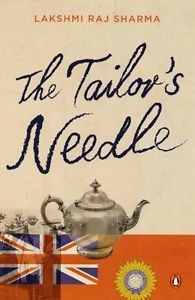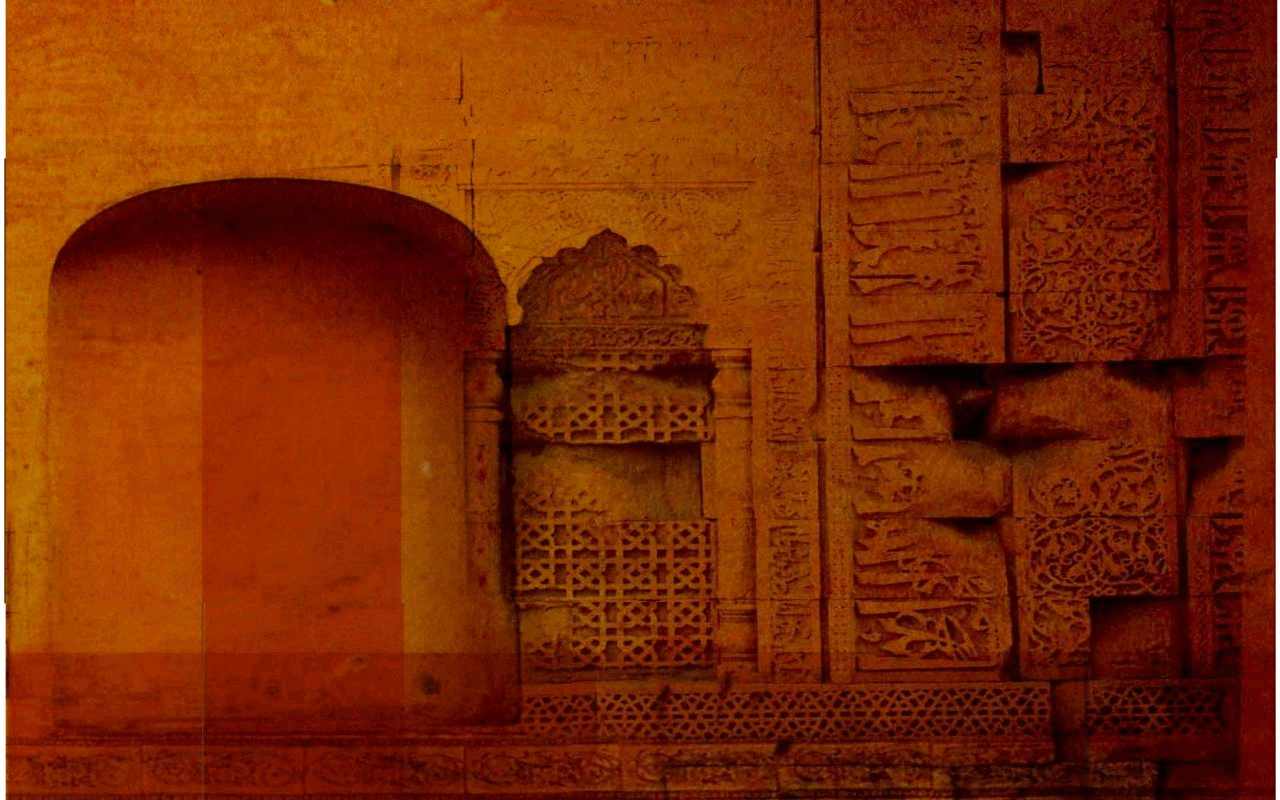Evoking history, inducing satire and spinning mystery, The Tailor’s Needle is quite an intricate weave. Set in the British Raj in the India of 1930s, Lakshmi Raj Sharma’s debut novel tells the story of Sir Saraswati Chandra and his three children Yogendra, Maneka and Sita. With the British Raj and the Indian freedom struggle as the backdrop, the lives of the characters also take shape accordingly, writhing to reach a sort of reconciliation between Western liberalism and Indian culture.
Manisha Gangahar
As the novel explores the feelings of different people towards the British, and the movement towards autonomy in the pre-independence India, it also mocks many aspects of both cultures and the idea of colonialism. For instance, the remark that Mehmud, the Viceroy’s barber, makes is telling: “Me sorry, Lord Sahab, I must learn your language even though it is foreign language. But you not think of learning our language even though you is our Viceroy! But sorry Lord Sahab, I forgot that you is not controlled by the rules of ordinary men.”
The title, The Tailor’s Needle, has a metaphorical connotation. Sir Saraswati Chandra believed that one should be like “the tailor’s needle, which passes through every kind of cloth without distinction”. For him, his son seems to fit that description, as the author describes: “Yogendra was the happy mean between the two [Menaka and Sita]; Sir Saraswati loved him for being that, yes, that was the tailor’s needle position.” Among the three children, Yogendra is the one who is balanced and adaptable, has a sense of responsibility and streaks of maturity. He is an abiding son and adorns the Indian values with an open mind. He is different from his sisters, yet a little of each of them. Later in the novel,

we find him to have evolved as a person.
The eldest daughter, Maneka, is a woman with an independent mind and acts accordingly. Though initially portrayed as an insensitive person, her character develops through the course of the novel and the reader finds a layer of sensitivity and concern underlying her ambitious demeanour. She, however, is unlucky in marriage as her husband is rather comfortable in his dilapidated house where spirits seem to coexist with humans. The youngest, Sita, on the other hand, is very timid and emotional. The novel subtly contrasts the aggressive and strong-willed Maneka with her more traditional and passive mother and sister, exploring the dimensions of womanhood.
Along the way, the author touches upon the dynamics of caste in the emerging India through Yogendra’s dilemma when he falls in love with a girl below his family’s social status and caste. Also, when Maneka gets British officer Larry married in the most comical fashion to his first paramour who belongs to a tribal clan and herself proposes marriage to the first eligible guy— Mohan Kaushik— she lays her eyes upon, the idea of belonging to the ‘same caste’ is a thought running at the back of Maneka’s mind: “If his name is Kaushik, he is at least a Brahmin. There’ll be no caste-hassles in the marriage.”
In fact, the story of the three siblings forms a unique and entertaining read. In an unusual way the novel carries the flavour of its time but doesn’t burden the reader with notes on history. In the second half, the novel turns into a thriller, unravelling a murder mystery. In a clash between Maneka and Mohan, while Dilip is trying to rescue Maneka, Mohan is killed and Maneka begins to believe that she is responsible for the murder of her husband.
The juxtaposition of different cultures, mindsets and values makes the novel a literary piece that can’t just be dismissed as yet another run-of-the-mill work. Though the pace is initially slow by the middle, it is an effort to put it down for another time.
Keywords: The Tailor’s Needle; Lakshmi Raj Sharma, debut novels, Indian freedom struggle, Indian independence movement
- How Authors Can Sell More Books - April 11, 2018
- Pure Fiction - December 13, 2017
- I Think I Know - December 12, 2017

Comments